I've been tasked with coming up with code to take a raw FTT (see example) and be able to apply a high/low-pass filter on it, and re-display the results. I know nothing about the math involved, or the input parameters, other than I assume the user of the app would select the cut-off (filter) threshold values...other than that I'm lost in the woods...
What I need is the most-basic algorithm for high and low pass filtering, based on the example below. If anyone has C# code to do it, that would be absolutely ideal.
